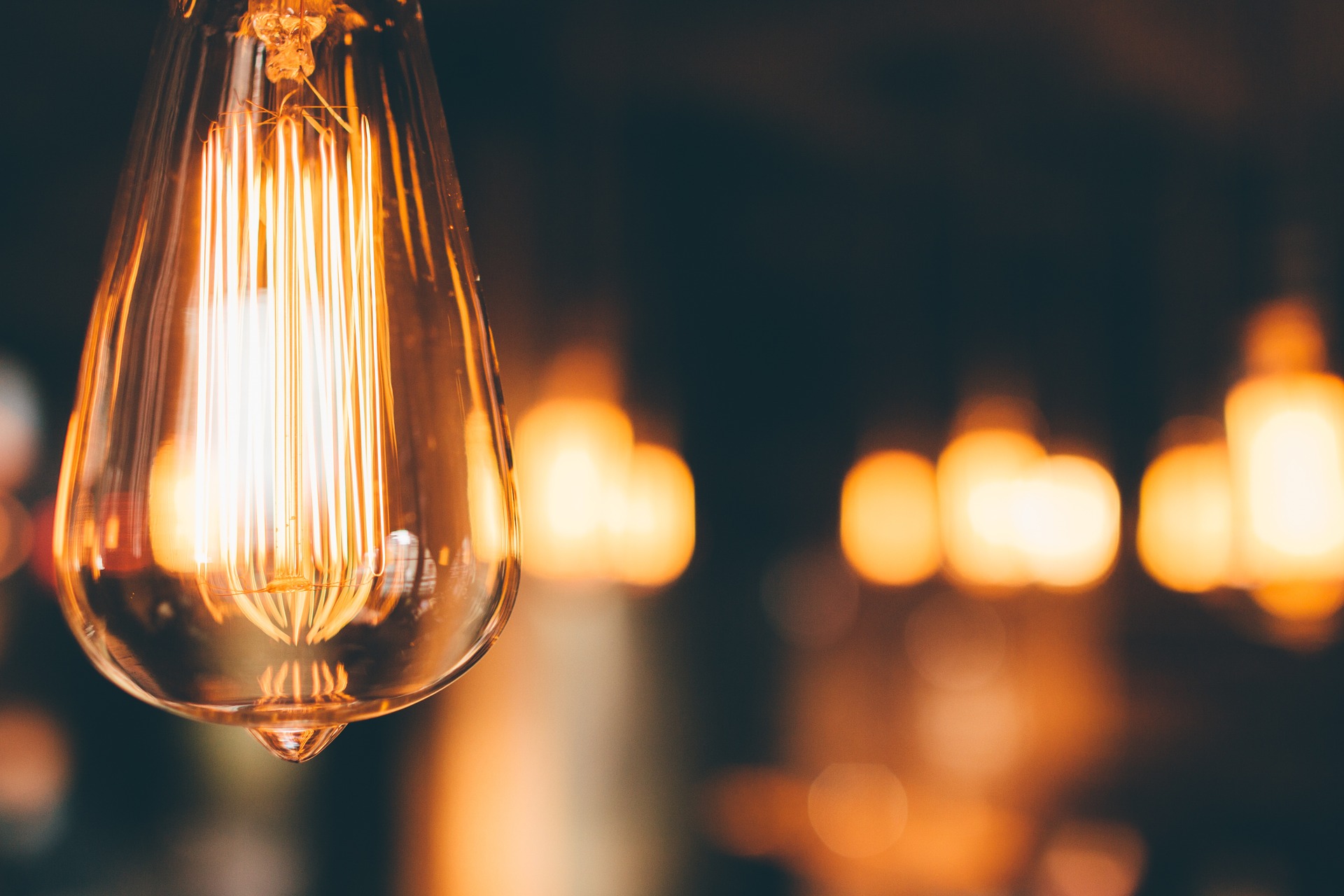Estonian startup Velmenni has demonstrated LiFi’s ability to transfer data in a real world environment, an office space, at a rate 100 times faster than that of traditional WiFi.
LiFi employs a light source–which, in this particular case, was nothing more than a LiFi-enabled light bulb–as well as a photo detector and an internet connection to transfer data.
Prior tests conducted in laboratory settings have shown theoretical data transfer speeds as fast as 224 gigabits per second. In the case of Velmenni’s recent office-based test, speeds reached a mere fraction of their theoretical potential — just 1Gbps, which is still a dramatic increase in comparison to what WiFi’s radio based signals offer.
While LiFi has certainly shown its ability to quickly transfer data in a wireless fashion, it’s not without its drawbacks in comparison to WiFi. For one, it can’t be used outside in direct sunlight as a result of the sunlight’s ability to interfere with its light-based signals. It also lacks the ability to travel through walls. Subsequently, it’s unlikely that the technology will replace WiFi in most instances anytime soon. However, once the technology arrives — which could take three to four years, according to Velmenni CEO Deepak Solanki who discussed the matter earlier in the week with the International Business Times UK — it could find immediate application in environments in which WiFi is unsafe, like hospitals.
In addition to its enhanced speed and lack of interference with radio signals, LiFi has another noteworthy advantage over WiFi: its substantially larger spectrum, which is 10,000 times the size of the spectrum of radio waves — which are in short supply.
Li-Fi is a term first coined back in 2011 by Professor Herald Haas from Edinburgh University as he demonstrated its ability to transfer data at a TED (Technology, Entertainment and Design) conference, TEDGlobal. In his demonstration, which can be seen on the TED YouTube channel, he showed an LED light bulb’s ability to stream video.
Earlier this year, researchers with the Japan Aerospace Exploration Agency (JAXA) successfully transferred wireless electric power 55 meters away with pinpoint accuracy. Following the success of the JAXA researchers, researchers at the University of Washington harnessed WiFi signals to provide power to lower power devices — marking the first successful deployment of Power-over-WiFi, otherwise known as PoWi-Fi.
























